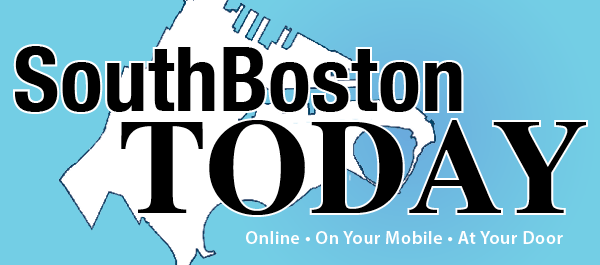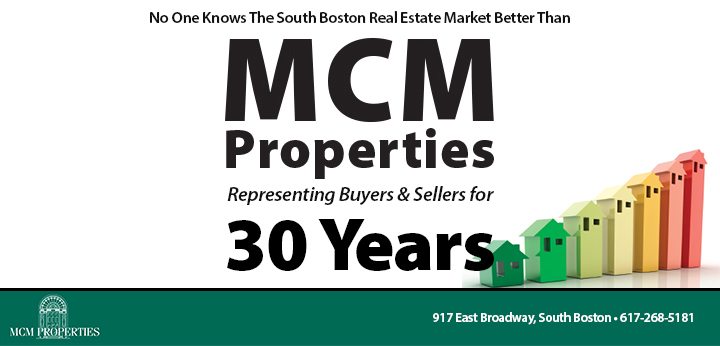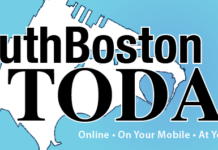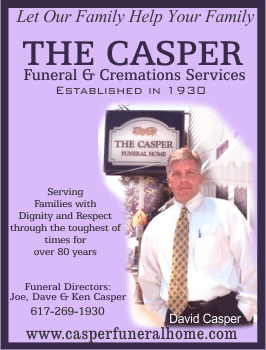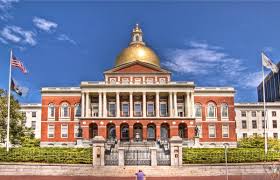| Mayor Martin J. Walsh released the City of Boston’s 2017/2018 Vision Zero Boston Update on roadway safety initiatives completed over the past year, as well as work that is currently ongoing. The report highlights initiatives of the Boston Transportation Department such as reducing the default speed limit, implementing the Neighborhood Slow Streets program in two zones, improving priority corridors and targeted intersections, and prioritizing projects to address inequality in transportation.
“The safety of our streets is crucial to ensure our neighborhoods are safe and welcoming for all, and through our Vision Zero agenda, we continue to make tremendous progress towards meeting our traffic and pedestrian safety goals,” said Mayor Walsh. “While we know that we have more work to do to, I am encouraged by the collaboration behind our goal of eliminating crashes that result in serious or fatal injuries and making our streets safer for everyone.”
Vision Zero is an early action item of Go Boston 2030, the City of Boston’s comprehensive, long-term transportation plan that seeks to build a safe, reliable and equitable transportation network for Boston’s residents, commuters and visitors.
Highlights of the 2017/2018 Vision Zero report include:
Reducing the City of Boston’s default speed limit from 30 mph to 25 mph Following the successful implementation of a citywide speed limit of 25 mph, the Boston Transportation Department has worked to ensure awareness of the reduced speed limit by posting over 100 new 25 mph speed limit signs at gateways on City of Boston owned streets and installing 57 new digital speed feedback signs citywide that flash when the speed limit is exceeded.
The Insurance Institute for Highway Safety recently conducted a study of the effects of lowering Boston’s speed limit from 30 to 25 mph. Results indicate that lowering speed limits by 5 mph on city-owned streets improves safety for drivers, pedestrians and cyclists. In particular, by lowering the speed limit to 25 mph, the proportion of people driving over 35 mph, where the risk of severe injury to pedestrians is greatest, went down over 20 percent.
Implementing the Neighborhood Slow Streets Program Neighborhood Slow Streets is the Boston Transportation Department’s residential traffic-calming initiative. In Slow Streets zones, the speed limit is reduced to 20 mph and self-enforced by physical changes to streets, such as adding speed humps or curb extensions. Zones are annually selected from neighborhood applications based on objective criteria including crash history, higher percentage of vulnerable residents (including youth, elders, and people with disabilities), and proximity to public places such as schools, parks and libraries. Physical changes have been implemented in zones in Jamaica Plain and Dorchester, and additional zones are underway in Chinatown, Dorchester, Roslindale and Roxbury.
Constructing improvements on priority corridors and at targeted intersections Beacon Street in the Back Bay, Kneeland Street in Chinatown, and Tremont Street in Roxbury and the South End are all priority corridors that have been outfitted with contemporary safety enhancements. Improvements made at targeted intersections include installing pavement markings and flex posts to guide drivers through curves; constructing tactical curb extensions to shorten the distance pedestrians need to cross; painting new crosswalks and other pavement markings; and establishing daylighting treatments, all helping to further enhance safety for pedestrians and cyclists. These improvements have been made on L Street and Broadway.
In addition, more extensive intersection improvements such as the relocation of curbs; the construction of islands; and the installation of new traffic signals as well as rapid flash beacons that remind motorists to stop for pedestrians in crosswalks were installed at Farragut Road.
In 2015, Mayor Walsh announced that Boston would be joining cities and towns worldwide in adopting Vision Zero, a commitment to eliminate fatalities and severe injuries related to traffic crashes. Following the announcement, he appointed a multi-agency task force, led by the Boston Transportation Department, to guide the effort and develop a plan of action.
“Of the 58 policies and projects highlighted in Go Boston 2030, action has been taken on more than half of them,” said Chief of Streets Chris Osgood. “Like Vision Zero, many of these initiatives are multifaceted and require a great deal of coordination with neighborhood residents, government agencies at the city and state level, and transportation advocates. I’d like to thank all who have helped us to advance Vision Zero in Boston and I look forward to continuing this valuable collaboration in the future.”
For more information on Go Boston 2030 and Vision Zero, please visit boston.gov/transportation.
|
